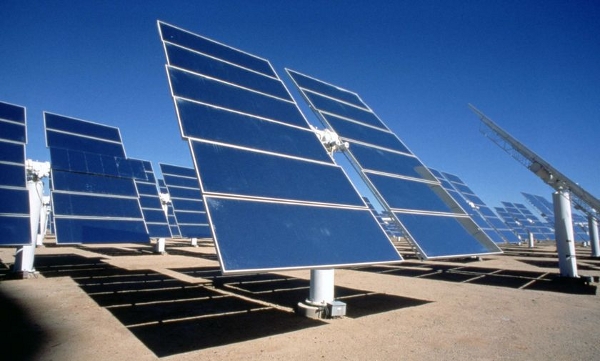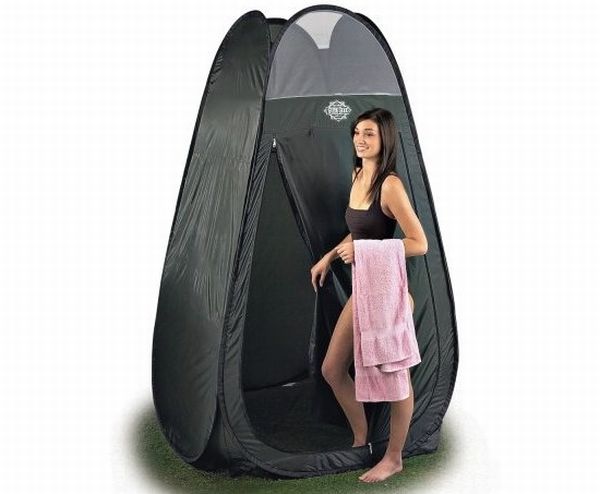Solar panels are the promising new clean source of electricity. Noting its recent popularity, it is evident that these innovative modules are indeed heralding a new era of clean electricity for the future generations. They have become favorites among the masses ever since as they could be mounted on rooftops. Here is a buyer’s guide to get photovoltaic solar panels.

Features
These solar panels can absorb sunlight and then convert it to direct current, which can then be converted to the alternating current. These solar panels give optimum results when they face north at an angle of 45 degrees. Care should be taken to see that there are no trees or buildings blocking the sunlight. In addition, the effectiveness of a solar panel greatly depends on the weather conditions. They will not be as effective on a rainy day as compared to a bright and sunny day.
Choosing the right kind of panel
Every country has its own accreditation system for any energy efficient device. It is of utmost importance to verify if your installer and the company are both accredited by the governing body pertaining to your respective country. Choosing a defective or a poor quality solar panel will lead to several unnecessary technical problems. The power rating might not be sufficient or the connections may be leaky, which sometimes may also lead to dire consequences.
Checking for standards
Before installing your panels, ensure that they are certified to international standards. Do not proceed without taking a good look at certification proof from your installer and the company providing solar panels. The grid invertors must be approved by the board of electricity in your country so that it complies with all the required safety norms regarding the handling of electricity. Beware of any cheap imitators or poor quality goods. In recent years because of the immense popularity of the solar panels, there is a common concern in the industry about cheap quality solar panels being imported with a fake or no accreditation. It is, therefore, important that you do a comprehensive research about the companies that provide solar panels and also their origins just to be on the safer side.
What capacity suits your needs?
A modern household on an average uses around 18-20 kilowatt hour of power per day and the statistics vary from region to region based on the weather conditions and the lifestyle pertaining to that particular region.
A 1-kilowatt solar panel system on an average produces about 4 kilowatts of energy per day. Again, it varies largely depending on the surroundings you live in. This has a lot to do with the climatic conditions of your region. The bigger the system you install, the more energy you produce and a bigger system sometimes helps greatly when the weather conditions are relatively poor. Thus deciding the right capacity is nothing but a balance between your daily needs and the weather conditions native to your region. A look at your monthly electricity will give you a good idea about your energy demands and the other factors like compensating for weather or the average light etc. depend on the skills of your installation engineer.
Warranty you can look forward to
Solar panels come in a large range of ratings and sizes and so does their warranty. Manufacturers these days produce solar panels with warranties ranging anything from 2 to 25 years. It is obvious that the panels should last for at least 25 years otherwise they do not seem so affordable. It is definitely eco friendly and a clean source of energy but if it is simply burning a hole into your pockets, then it does not seem like worth it. There are in fact some very good and high quality panels, which give a good deal in terms of warranty. In any case, it is up to you to decide which warranty suits your needs.
Looking beyond those efficiency ratings
Manufacturers are flooding the markets with products that they claim to be having high-energy efficient ratings. Sometimes these ratings are created by the manufacturers themselves as a sales strategy. Even if the energy rating is awarded by a recognized body, it never speaks of anything about the performance of the panels. The most important figures that you should be looking at are not the energy ratings of your solar panel but the amount of money that you are going to spend per energy produced by the system for duration of one year. This will give you a good idea about the solar panel’s performance.
How much is it going to cost?
A solar panel usually costs around $10000 per kilowatt including the installation charges. Almost all countries offer rebate on solar powered devices and hence after the rebate, these solar panels would cost around $5000 to $6000 for a 1 kilowatt system inclusive of installation charges. These charges again vary depending on where you are located and on the current rates of rebate pertaining to your region. There have been some recent developments and some companies have swept the markets with their economic models of solar panels that cost around $3000, thus rendering them affordable to all sections of society.
Conclusion
Solar energy is a renewable source of energy, which means that even if we have a cloudy or a stormy day you can still be confident of the sun rising the next day to power your homes. The solar panels also need very little or no maintenance as there are no moving parts associated with the system. They are environment friendly, as they do not cause any pollution.




